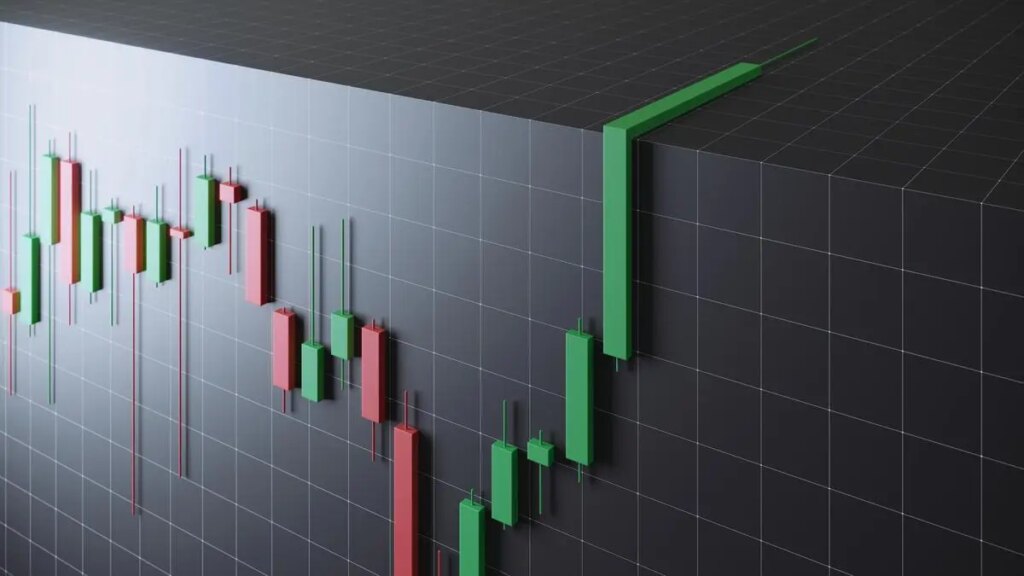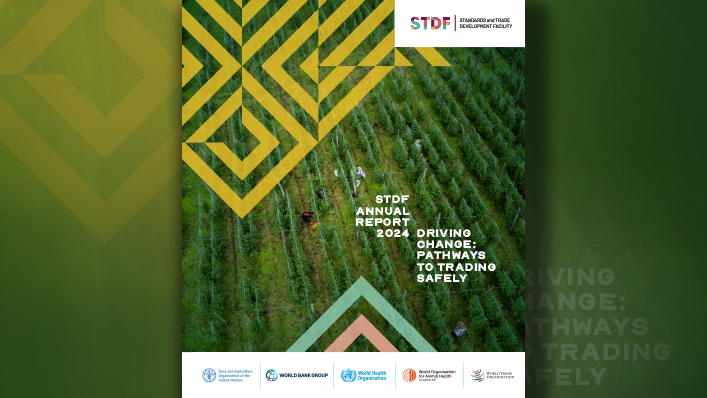The stock market may have to brace for yet more volatility as tariffs imposed by the US on Indian exports may spur global risk aversion, causing overseas investors to reduce exposure to emerging markets such as India.
While Indian equities seem to have digested the impact — both in sentiment and price action — market participants will be wary of second-order effects that may accrue from the tariff war. A risk-off sentiment could also weaken the rupee, affecting imported inflation and companies with foreign debt, said market watchers.
“Even after negotiations, effective tariffs are expected to rise to 20-25 per cent, compared to about 3 per cent in 2023. India is currently negotiating a bilateral trade agreement with the US, and the final tariff levels will depend on how these negotiations proceed,” said a note by Macquarie.
While pharma is exempt, sectors such as automobiles, steel, and textiles are expected to bear the brunt of the tariff hike, potentially affecting India’s export growth.
“Global economic weakness and earnings disappointments, alongside bouts of uncertainty, pose challenges for global equity markets,” said Stephen Dover, Head of Franklin Templeton Institute, adding that spending by US households and businesses is expected to slow down, impacting US growth and earnings.
UR Bhat, Director at Alphaniti Fintech believes that tariff barriers have never really worked well historically and if interest rates in the US start inching up, FPIs will look for a higher rate for return from emerging markets. “This will not work in favour of countries such as India,” he said.
FPIs sold shares worth ₹2,806 crore on Thursday, taking their net selloff to over ₹14,500 crore in the last four sessions.
The FPI view on India may depend on whether the tariffs are sustained or rolled back partly, according to Deepak Jasani, an analyst. “This may determine the impact of tariffs on India’s GDP growth and corporate earnings. In case the tariffs are not rolled back substantially, we could be looking at an extended downtrend in the markets with a lag of a few weeks,” he said.
Bhat reckons that while India may be better off than competing suppliers such as China, Vietnam and Bangladesh, Indian companies may not be able to profit from selling to the US and capitalize on the relative tariff differential immediately.
“India may have to create new capacities, and turn to alternate markets where they can sell. At the same time, other countries affected by the US tariff increase may dump their produce elsewhere, including India,” Bhat said.
Contrarian view
However among its Asia-Pacific peers, India is seen as relatively well placed and some feel that as funds move out of the US, due to inflationary concerns and slowing growth, FPIs may look at emerging markets including India.
“With a 27 per cent reciprocal tariff on India versus higher on China, Vietnam, and Thailand, we present a more cost-efficient destination for foreign institutional investors (FIIs). This competitive edge encourages FIIs to invest larger capital amounts, anticipating higher returns in a lower-barrier trade environment,” said Akhil Puri, partner- financial advisory at Forvis Mazars.
Published on April 3, 2025









